Royal Flag(*)
Through history
50 years ago, at 11:30 a.m. on April 30, 1975, our army captured the Independence Palace, the Saigon puppet government surrendered unconditionally, the historic Ho Chi Minh Campaign was a complete victory, the flag of the Liberation Army flew over the Saigon government headquarters in the joy and anticipation of the entire nation. From here, the South was liberated, the Fatherland was reunited, the country was completely unified.
The victory of our army and people in the resistance war against the US to save the country is the greatest achievement in the cause of national liberation and defense of the Fatherland led by the Communist Party of Vietnam and President Ho Chi Minh; a glorious and brilliant page in the history of building and defending the country for thousands of years of the nation. Our army and people have completed the glorious historical mission of completely liberating the South, unifying the country, opening the era of independence, unity and together building a socialist Vietnam of "rich people, strong country, democracy, equality and civilization".
During the General Offensive and Uprising in the Spring of 1975, the revolutionary forces of An Giang province (at that time belonging to the two provinces of Long Chau Tien and Long Chau Ha) closely followed the direction of the Central Committee, urgently built an action plan, consolidated forces, mobilized the masses, promoted three-pronged political , military, and military campaigns in all three strategic areas: forests, mountains, rural areas, and urban areas with the spirit of "one day is equal to twenty years"; resolutely and boldly attacked the enemy's key strongholds, mobilized the masses to rise up and seize power, neutralized the enemy's resistance, and accelerated the process of completely liberating the localities.
In harmony with the stormy offensive spirit of the entire campaign, in Long Chau Ha province, on April 28, 1975, Military Region 9 directed the province to send armed forces to liberate Ha Tien. When our forces marched to Nam Thai Son and received news of Duong Van Minh's surrender, the Provincial Party Committee decided to divide the forces into two wings: The first wing continued to advance to Ha Tien, the second wing returned to Ba The to liberate Long Xuyen.
On the evening of April 30, 1975, the troops attacking Long Xuyen town marched to Ba The. Here, we controlled and dominated the situation at Hue Duc district. On the morning of May 1, we surrounded and called for the surrender of Sap mountain sub-region, and by noon, we completely liberated Hue Duc district, then consolidated our forces to advance and liberate Long Xuyen town.
In Chau Thanh, on the evening of April 30, 1975, the district armed forces gathered at Lo Te and captured bridge number 5, supporting the local forces to seize power in Vinh Hanh and Can Dang. On the morning of May 1, 1975, we blocked and defeated the puppet security forces from Tri Ton who were fleeing. At noon on May 1, 1975, we surrounded and called for the surrender of Chau Thanh district, a part of the enemy ran through Binh Thuy station to establish a "death defense" line; we captured the district at 4:00 p.m. on May 1, 1975.
On the evening of May 1, 1975, coordinating forces from Long Xuyen, we occupied Me Linh camp and the next morning attacked the enemy at Binh Thuy islet. On May 2, 1975, we liberated Chau Phu. Tri Ton and Tinh Bien were liberated on May 1, 1975. After that, our troops advanced to Chau Doc town and completely liberated the provincial capital. By the afternoon of May 2, 1975, the districts and towns in Long Chau Ha province were completely liberated.
In Long Chau Tien province, from April 28 to 30, 1975, from the province to the district and commune levels, forces, weapons, ammunition were reorganized, and combat plans and strategies were prepared. After receiving news that Duong Van Minh had declared his surrender, the Provincial Party Committee and Provincial Military Command directed the forces to deploy according to plan.
In Tan Chau, on the afternoon of April 30, 1975, local district troops, guerrillas and local forces liberated Vinh Xuong commune. On the morning of May 1, 1975, we liberated Tan An, Vinh Hoa and advanced to the town, captured the sub-region, the Vinh Don naval base, and liberated the district capital.
In An Phu, on the afternoon of April 30, 1975, the district forces divided into 3 groups and advanced towards the town from Phu Hoi, Khanh Binh, and Phu Huu. On the evening of May 1, 1975, our troops entered the town, and on the morning of May 2, 1975, they took over the district capital and conducted a sweep of the remaining troops in the border area.
In Phu Tan, at noon on April 30, 1975, the enemy forces stubbornly resisted fiercely, setting up "dead-end" defense lines. On the afternoon of May 3, 1975, we controlled the entire center of Phu Tan. On May 4, 1975, the remaining forces in Binh Thanh Dong, Hiep Xuong, and Hung Nhon surrendered one after another. Phu Tan was completely liberated.
In Cho Moi, from the morning of April 30, 1975, a number of puppet soldiers, officers and reactionaries in political and religious organizations in the Mekong Delta region gathered at Tay An Co Tu to discuss plans to resist and regain power in the Southwest. By noon on April 30, 1975, the remaining puppet troops and security forces established a multi-layered defense line from Cai Tau Thuong canal to Ong Chuong canal.
On the afternoon of April 30, 1975, our forces from My An Hung defeated the enemy's defensive positions in Hoi An, Hoa Binh and liberated the communes at noon on May 1, 1975. After that, we continued to fight the enemy at the Cuu Hoi and An Thanh Trung canals. On the morning of May 3, 1975, we occupied Cho Moi sub-region. At this time, the enemy continued to strengthen the remaining defensive lines. The remaining puppet troops and security troops from Long Xuyen, Chau Phu, Phu Tan continued to flee to Tay An Co Tu, bringing the total number of remaining troops to more than 5,000. On the afternoon of May 3, 1975, we successively occupied the Long Dien and Ba Ve lines, using loudspeakers to call on security troops to surrender to avoid bloodshed. On May 4, 1975, at the call of their relatives, more than a thousand security troops surrendered, however, more than 3,000 troops continued to "defend to the death". We sent two L.19 reconnaissance planes and artillery to fire on enemy positions, and at the same time launched three attacks towards Tay An Ancient Temple.
Facing the fierce attack of our army, by 8:00 a.m. on May 6, 1975, all remaining enemy forces raised the white flag of surrender, and we occupied Tay An Ancient Temple. Thus, from May 6 to May 10, 1975, we took over the communes in the area one by one. The districts in Long Chau Tien province were completely liberated, ending the long and arduous resistance war, contributing worthily to the overall victory of the General Offensive and Uprising in the Spring of 1975.
During the 21 years of resistance against the US imperialists to save the country, under the leadership of the Party Committee, the people of An Giang were determined to stick to their land and villages, not afraid of sacrifice, imprisonment, hardship, and were resilient, sticking to the people, determined to defeat all the enemy's evil plots and tricks to go with the whole country to the day of total victory. The victory of the long-term resistance war in An Giang, a very complicated area, brought many valuable experiences to our army and people; at the same time, it affirmed the correct leadership of the Party Committee, the spirit of patriotism and the determination to fight for the cause of liberating the South and unifying the country.
Outstanding marks after 50 years
After the country's reunification, An Giang faced numerous difficulties due to the severe consequences of the war, with over 30,000 hectares of land left abandoned. Natural disasters and enemy attacks, especially the historic flood in 1978 (water level was 4.78m high), made people's lives difficult, while food production only reached 378,000 tons, not providing enough food for the people, leading to local famine in many localities. The population after liberation was 1.36 million people, the largest in the Mekong Delta. Health care for the people encountered many difficulties, with the whole province having only 109 doctors and nurses with 1,600 hospital beds. Meanwhile, the situation at the southwestern border was extremely complicated, with Pol Pot's reactionaries launching a series of encroachments and provocations along the entire border.
On the night of April 30, 1977, Pol Pot's army officially launched the Southwestern border war that lasted until the end of December 1978, directly attacking 20 An Giang border communes, leveling Tinh Bien town, shelling 10 communes, of which Chau Doc town suffered the heaviest damage. On January 1, 1979, our army launched a general counterattack and on January 7, 1979 liberated Kandal and Takeo. After Cambodia was liberated and escaped the genocide, the province established expert delegations to help Takeo province carry out the task of continuing to hunt down Pol Pot remnants, build governments at all levels, build the Party and local armed forces; and stabilize production and life for the people of the neighboring country.
After the war to protect the southwestern border, An Giang faced many difficulties and challenges such as clearing bombs and mines, restoring abandoned lands, building houses, schools, medical stations, developing agricultural production, stabilizing people's lives... In that condition, the Provincial Party Committee had many correct and creative policies and decisions, suitable for the interests of the people, creating breakthroughs for agricultural production and improving farmers' lives. An Giang, from a barren, hungry land, quickly recovered and developed. Farmers had a bumper crop in agricultural production, and their lives were gradually improved significantly. If in 1986, the province's food output only reached about 848,000 tons, by 1988 it had exceeded 1 million tons, in 1994 it exceeded 2 million tons, in 2000 it reached 2.5 million tons and now it has reached over 4 million tons, making An Giang one of the leading provinces in the country in terms of food output, playing an important role in ensuring national food security, exporting an average of about 1.5 million tons of rice each year.
With persistent efforts, proactiveness, creativity and the will to be self-reliant, the Party Committee and the people of An Giang have achieved great and comprehensive achievements, the economic structure has shifted in a positive direction, people's lives have continuously improved, and the countryside has clearly changed. In 20 years (2000 - 2020), the economy has maintained an average growth rate of 7.3%/year, higher than the national average (6.4%/year). GRDP per capita increased from 0.65 million VND/year (1990) to 3 million VND/year (1995), 4.5 million VND/year (2000), 15.8 million VND/year (2010), 46.6 million VND/year (2020). The poverty rate in 1996 was 10.6%, by 2011 it was 7.84%, and by 2020 it was 1.93%.
During the period of 2020 - 2025, An Giang and the whole country faced many challenges, especially with the significant impacts of the COVID-19 pandemic and global economic fluctuations. However, with solidarity, high political determination and continuous efforts, the Party Committee, government and people of An Giang province have firmly overcome difficulties, achieved important and quite comprehensive achievements in all fields, completing the main set goals. The province's economy continues to develop with an average GRDP growth rate (6.13% - 6.42%/year); GRDP per capita is estimated at about 74 - 75 million VND/person/year (2025). The poverty rate is about 1.52% (2024).
Along with economic development, the cultural and social fields have continuously improved. The quality of education at all levels has been improved, and facilities have been strengthened. The ratio of trained workers to the total number of workers working in the national economy has reached 71.3% (2024). The health network continues to be consolidated, improved and developed in the direction of provincial specialization and universal health care at the grassroots level, the number of doctors per 10,000 people has reached 10.68 (2024), and the quality of medical examination and treatment has been increasingly improved. Policies and regimes for the poor, people with meritorious services and policy beneficiaries have received timely attention and support. In particular, An Giang has completed the goal of eliminating temporary and dilapidated houses for all policy families before April 30, 2025; aiming to complete the goal of eliminating temporary and dilapidated houses for people in the area before June 30, 2025.
In addition, many heritages and traditional cultural values are focused on preserving and promoting. In 2024 alone, the Via Ba Chua Xu Festival of Sam Mountain - An Giang was recognized by UNESCO as a representative intangible cultural heritage of humanity, which is the pride of the whole country in general and the Party Committee, Government and people of ethnic groups in An Giang province in particular. Currently, the province is coordinating with the Vietnam Academy of Social Sciences to prepare a dossier and procedures to submit to UNESCO to recognize the Oc Eo - Ba The Cultural Relic as a World Cultural Heritage.
Proud to continue writing the future
The outstanding achievements of An Giang province over the past 50 years since the Liberation of the South and the reunification of the country are its dynamism, good initiatives, and creative application of the Party and State's policies to local conditions. The province's socio-economic development has made great strides, and the material and spiritual life of the people has constantly improved.
50 years have passed, that is how many years the people of An Giang have lived in peace, independence and freedom. With the great and comprehensive achievements that have been achieved, the position and strength that have been accumulated, with new opportunities and fortunes, An Giang province has gathered all the conditions and is facing a historic opportunity to join the whole country in entering an era of development, prosperity, and successfully realizing the wish of President Ho Chi Minh!
Looking back on the past history is not only an opportunity to affirm the historical results achieved over 50 years, but also an opportunity to summarize valuable lessons to shape the right development direction for the future. Believing that, with the strategic decisions of the Central Government, along with the dynamic, creative spirit and political determination of each cadre, party member and people, An Giang will continuously increase resources, expand development space, become a fairly developed province of the Mekong Delta and the whole country, the quality of life of the people is constantly improving. Being the most attractive tourist destination for domestic and foreign tourists, a leading eco-tourism center with a modern, smart infrastructure and urban system, connecting smoothly with the region, domestically and internationally. Becoming an attractive destination for businesses and workers in the service and technology sectors, the capital of the agricultural, aquatic and refined food processing industry of the whole country; is the hub for trading goods and services of the region with the Cambodian market and ASEAN countries...
The 50th anniversary of the Liberation of the South and National Reunification Day is an opportunity to review and be proud of the heroic history of the nation and An Giang homeland; at the same time, to gain a deeper understanding of the values and lessons learned from practice to add strength and determination in the cause of building and defending the Fatherland, turning the glorious achievements of the past into motivation to fulfill the historical mission in the Era of the nation's and country's rise, determined to build the homeland of President Ton Duc Thang to become increasingly prosperous, civilized and happy.
(*) Dr. LE HONG QUANG, Member of the Party Central Committee, Secretary of An Giang Provincial Party Committee
Source: https://baoangiang.com.vn/an-giang-sau-50-nam-ngay-giai-phong-mien-nam-thong-nhat-dat-nuoc-a419925.html


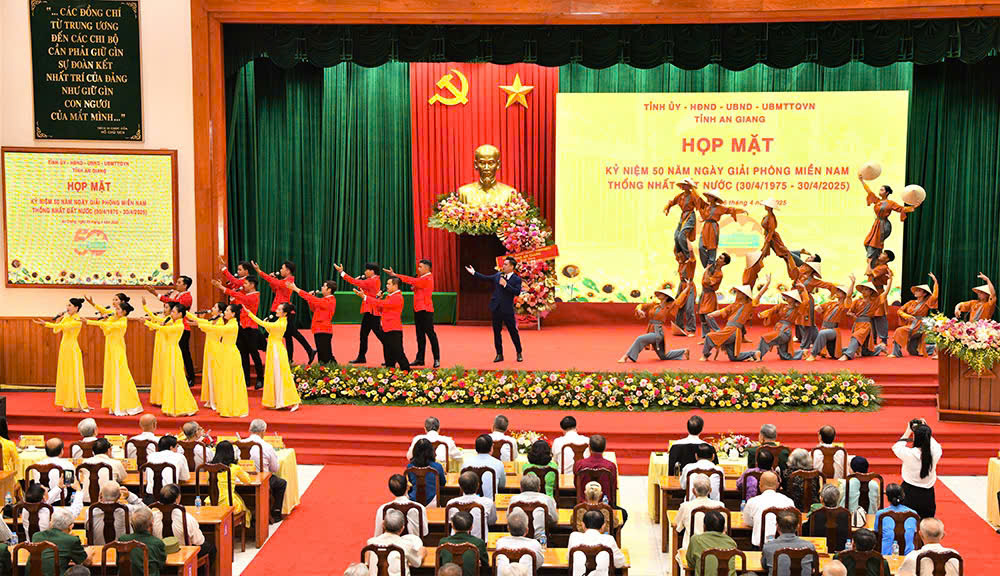
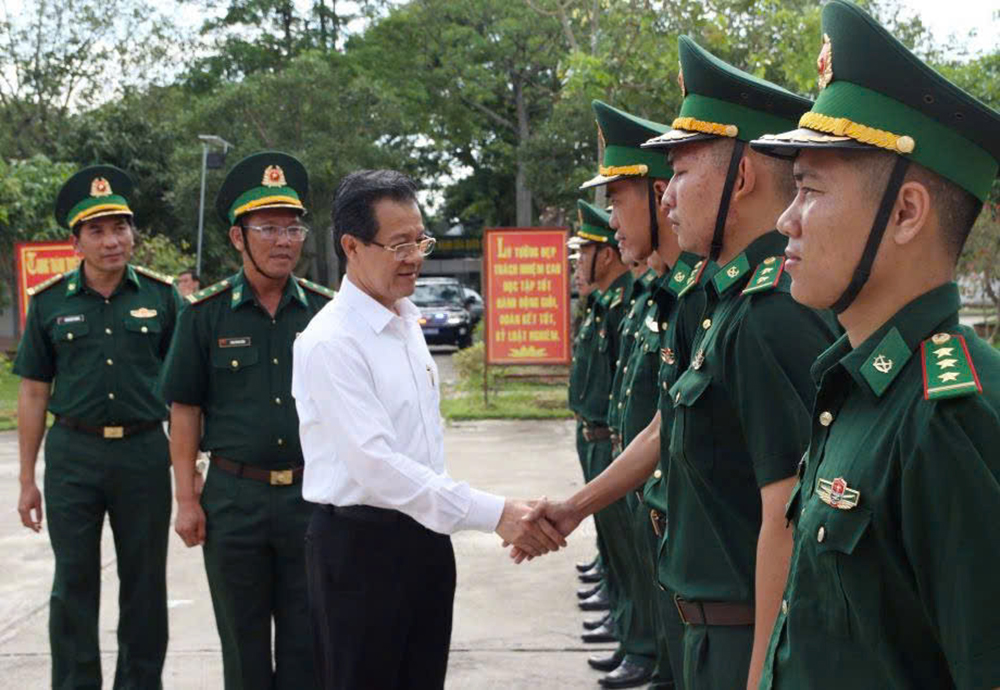






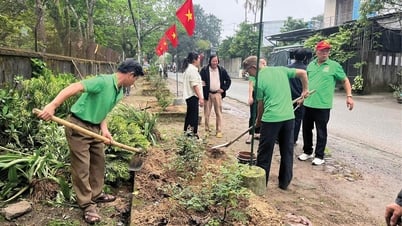

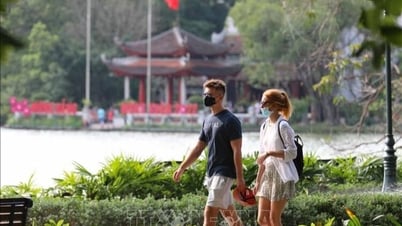


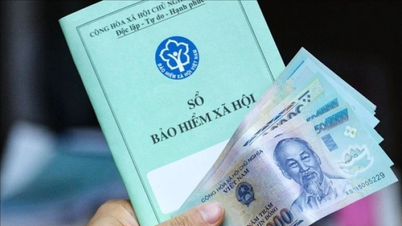

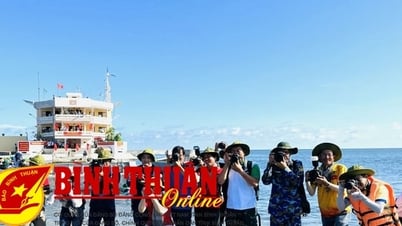

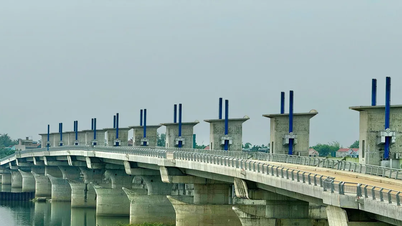





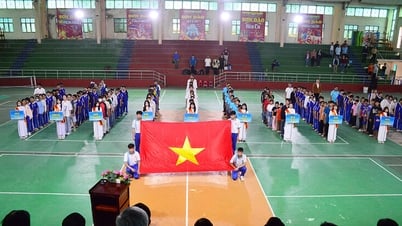
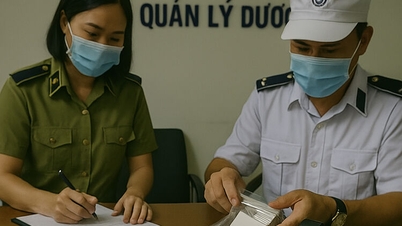
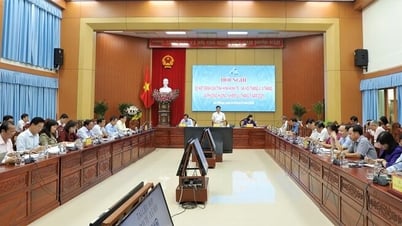

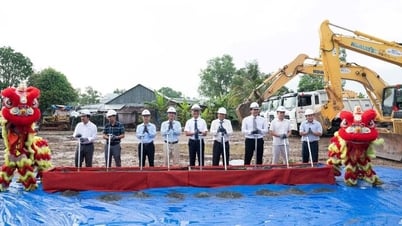

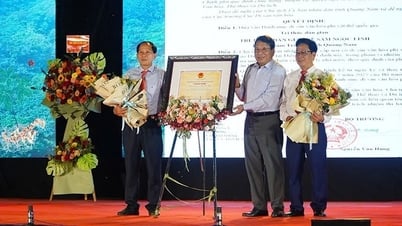

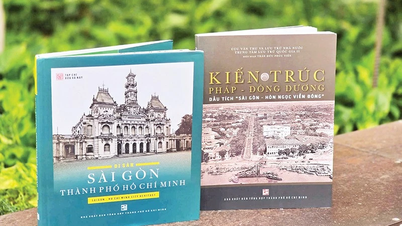





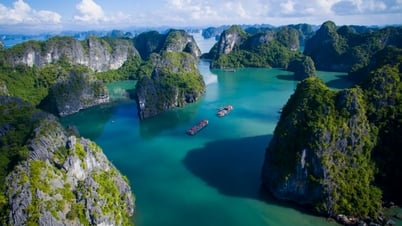

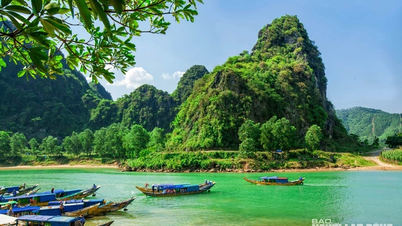





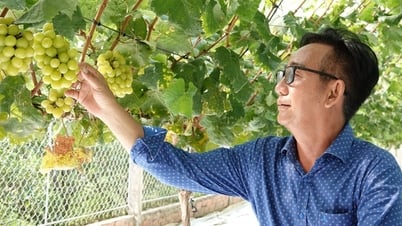


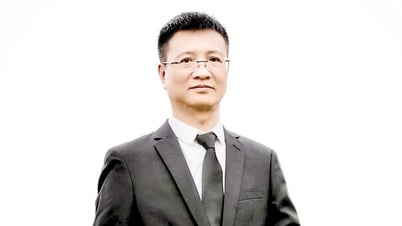


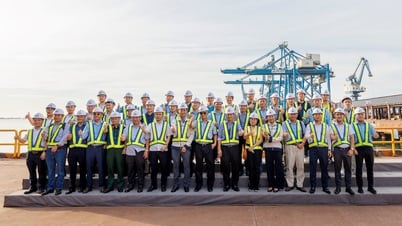


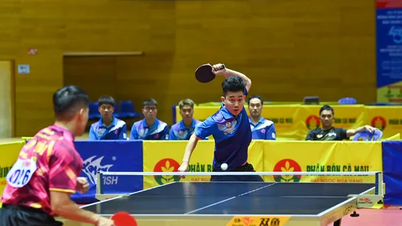









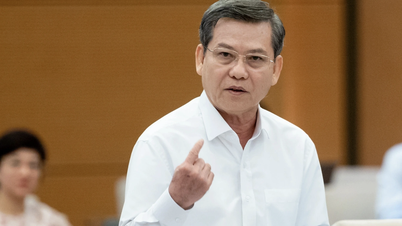

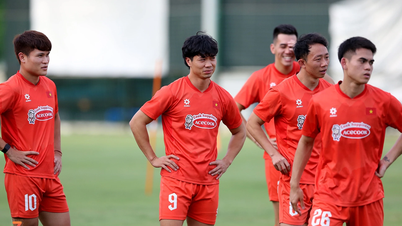

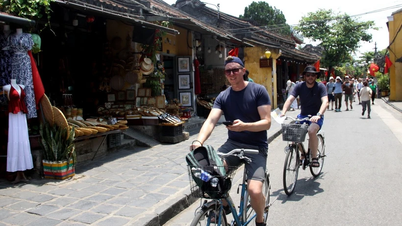


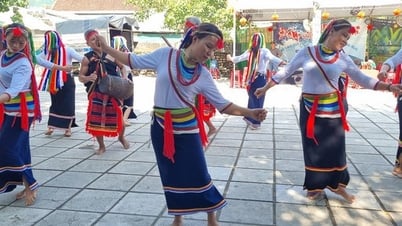

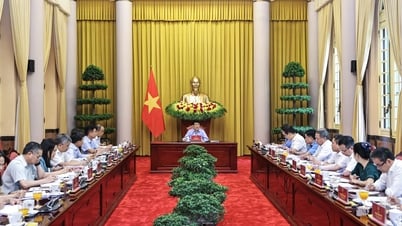

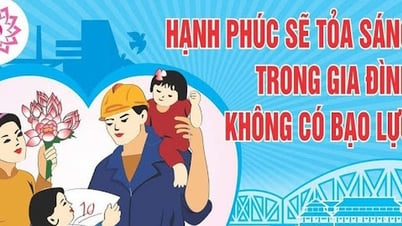

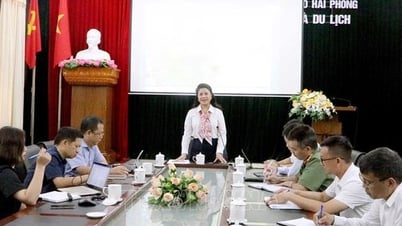
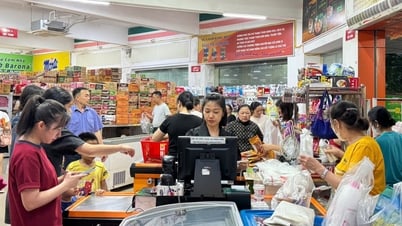

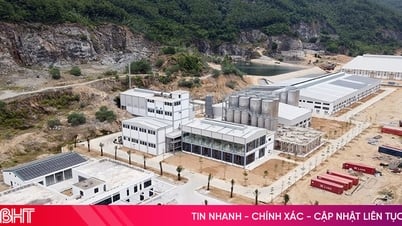

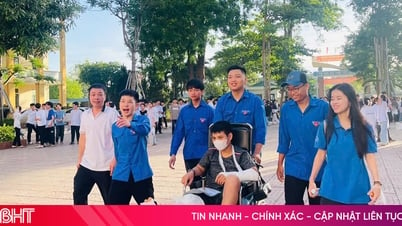


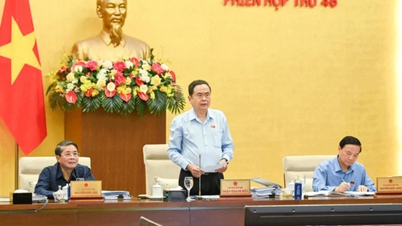

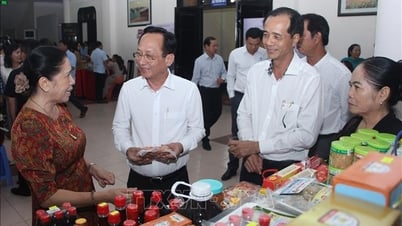









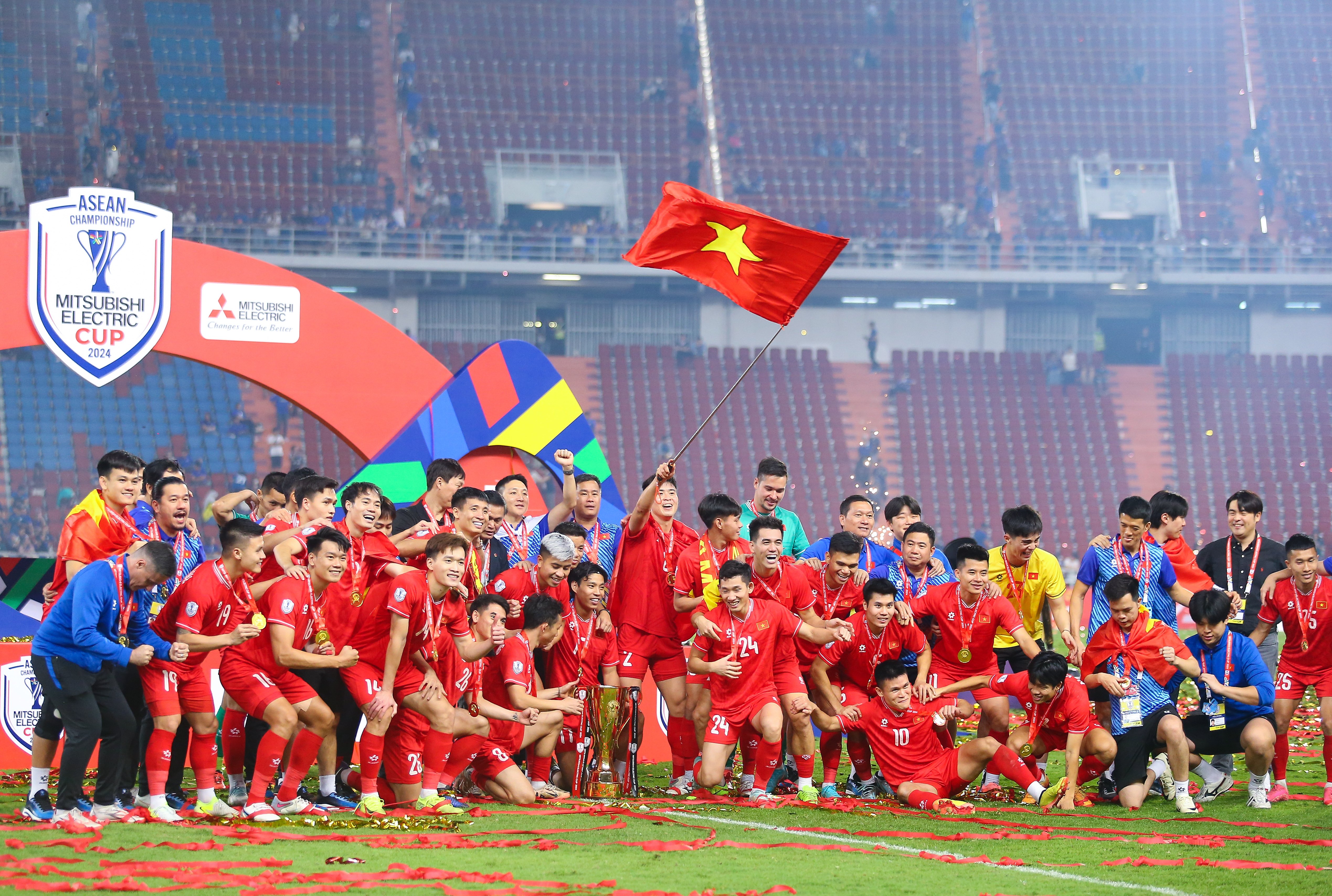
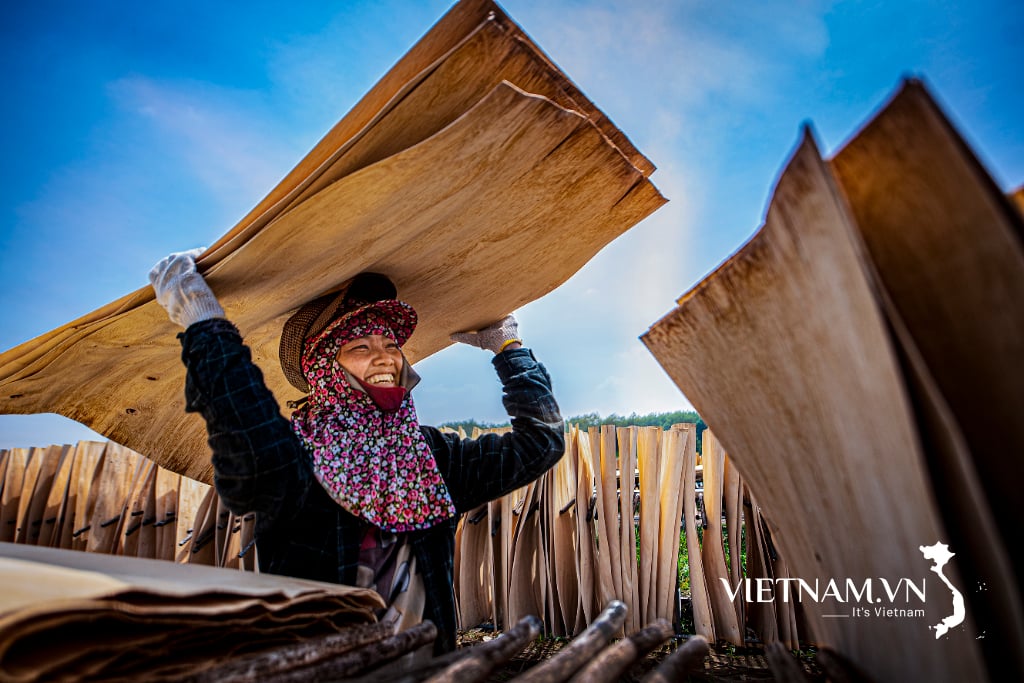


Comment (0)